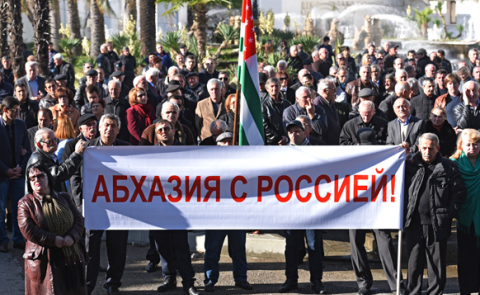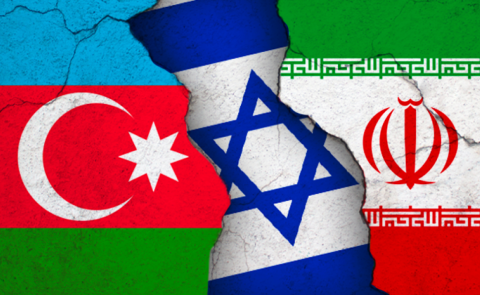
Armenian Detainees and What Happens to the Left-Behind in Baku
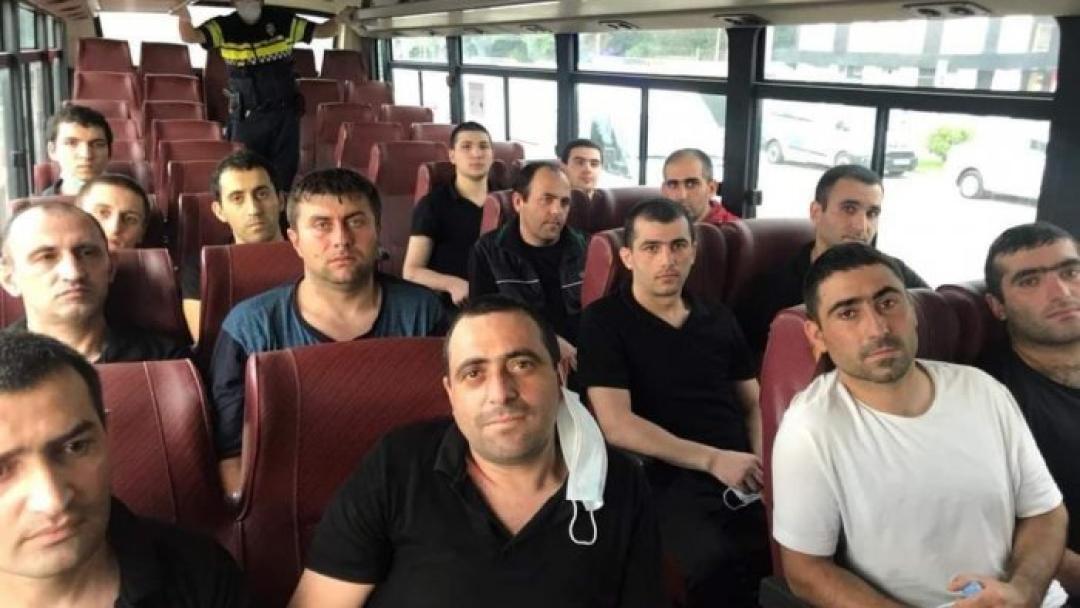
On December 7, 2023, the Office of the Prime Minister of Armenia and the Presidential Administration of the Republic of Azerbaijan announced a deal pertaining to the exchange of prisoners of war (PoWs): 32 Armenians were released in exchange for two Azerbaijani detainees.
The majority of the Armenian detainees released in December 2023 had been in detention since the end of the 44-day Second Karabakh War of 2020 (26); they surrendered in December 2020, almost a month after the ceasefire agreement of November 9, 2020. The rest were troops and civilians detained at the checkpoint between Nagorno Karabakh and Armenia in May 2021 and August 2023.
Armenian diplomatic sources told Caucasus Watch the agreement was sealed via bilateral negotiations in Washington. Azerbaijani diplomatic sources link this “confidence-building measure” to Armenian support for Azerbaijan’s bid for the 29th Session of the Conference of Parties (COP29) to the UN Convention on Climate Change.
There are still 23 confirmed Armenian detainees: civilians, military, and political leaders of the self-proclaimed Republic of Nagorno Karabakh. Armenian human rights activists fear that there are detainees that have not been acknowledged by Azerbaijani authorities and do not have recourse to justice or access to their families by mail or phone, commonly facilitated by the International Committee of the Red Cross.
Caucasus Watch talked to a range of stakeholders involved in a campaign for their release.
The Significance of Armenian Detainees
The number of detainees that Yerevan and Baku have acknowledged fluctuates. By the end of the 44-day war in December 2020, Armenian official estimates put the number of detainees at 250 Armenian troops. Families, human rights activists, and legal experts estimated that as many as 80 detainees would remain in custody by the summer of 2023.
From a diplomatic perspective, the significance of detainees has been consistently transactional. Between January 2021 and September 2022, there were 210 repatriations. While the conditions surrounding the release of individual detainee groups have not consistently been transparent, operations involving the exchange of minefield maps from Armenia for detainees in Baku have occurred.
From this historical perspective, the December 7, 2023, agreement of 32 detainees was the second biggest of its kind since 2020, when a group of 44 were repatriated. Each release is seen as a political success, largely because it always entailed a diplomatic transaction.
Holding prisoners was politically significant in other ways. Since 2020, the detention, prosecution, and trial of troops has been a message to Yerevan.
The trials of Armenian detainees underscored Baku’s framing of the conflict in Nagorno Karabakh as “not a war” but as the prosecution of a secessionist movement and, in substance, a domestic affair. This was instrumental in two respects. First, the location of detention confirmed that Azerbaijan did not accept the “point of contact” between Armenian and Azerbaijani forces as a border. Each detainee confirmed that anyone found in regions where Azerbaijan asserted sovereignty was “fair game.”
Secondly, the troops facing trial in Baku in July 2021 were treated as “terrorists” or members of a militia rather than prisoners of war. At least 50 of them were charged and convicted on charges of “illegal border crossing” (Article 318) and “possession of weapons and explosives” (Article 228). Azerbaijani prosecutors did bring forward charges of terrorism against the Armenian soldiers arrested, but these were not upheld. Typically, the prosecution painted them as common criminals without recognising their status either as soldiers or as political detainees.
The Significance of the Left-Behind
Repatriated detainees have testified to torture, the lack of translation services during trial, and limited communication with their appointed legal counsels. A US State Department Report (2021) undermined the credibility of the tribunals, while international human rights monitors such as Freedom House (2022) and the East Partnership Index (2022) echoed the prevalent view that proceedings did not meet international rule of law benchmarks.
Evoking these facts, human rights activists are keen to continue campaigning for the release of the detainees remaining in Baku. However, the remaining prisoners are part of a broader diplomatic negotiation. The political leadership of Karabakh, which made its way from Khankendi/Stepanakert to Yerevan, is unwilling to simply dissolve their government and institutions. On December 22, the leader of Nagorno Karabakh, Samvel Shahramanyan, revoked his September 28 decision that envisaged the dissolution of the self-proclaimed Republic by January 1st, 2024.
Caucasus Watch has discussed with prominent politicians that made their way from Khankendi/Stepanakert to Yerevan as refugees. There is indeed the distinct possibility of a “continuity government” in exile, operating on the mandate of the last elections prior to the exodus of the Armenian population. Major Diaspora networks have been debating the possibility of a government that will be located somewhere in Europe. Much will depend on the resources Armenian networks are able to mobilise in a campaign that the Armenian government fears provokes Baku without offering any substantive benefits to Karabakh expatriates. In this context, there is a tendency to view the eight political leaders of Nagorno Karabakh held in Baku as hostages.
The Chairman of the Permanent Committee on Foreign Relations of the National Assembly of the self-proclaimed Republic of Nagorno-Karabakh, Vahram Balayan, told Caucasus Watch that it should not add pressure for the dissolution of the state, as Baku and Ankara will meet appeasement with new demands. However, prisoners also weigh in in this calculation. The former State Minister of the self-proclaimed Republic of Nagorno-Karabakh, Artak Beglaryan, told Caucasus Watch that the release of these prisoners should be the outcome of a coordinated international campaign. As in the case of every detainee, the question is whether one seeks maximum publicity with a focus on human rights or accommodation behind closed doors.
The Libertas Campaign and Legal Advocacy
A number of detainee families have been trying to refocus attention on the individual human rights of detainees over and beyond the diplomatic context. Caucasus Watch spoke to Siranush Sahakyan, a lawyer representing several of the families involved at the European Court of Human Rights, including Lyudivig Mkrtchyan.
These international proceedings create a sense of international accountability, which can have a significant diplomatic effect. An International Court of Justice (ICJ) or European Court of Human Rights (ECHR) ruling can present challenges for Azerbaijan’s interests abroad. Armenia’s ratification of the Rome statute also paves the way for future proceedings at the International Criminal Court. For several families, international legal proceedings provide visibility, which is a sort of protection against the ill-treatment of the detainees in Azerbaijan.
There is also a civic initiative, a campaign for the release of all Armenian detainees in Baku, called Libertas. Three NGOs—the Caucasus Centre for Law and Conflict Resolution, the Observatory on Armenophobia in Paris, and Hyestart in Geneva—launched the Libertas campaign in the spring of 2023.Hilda Tchoboian, the director of the Caucasus Centre for Conflict Resolution and a former chairwoman of the pan-European lobby organization European Armenian Federation for Justice and Democracy, is in charge of organizing the campaign.
At the heart of the activist’s effort is a PoW “sponsorship programme,” in which a local authority and/or an NGO take up the challenge of “adopting” a specific detainee, campaigning for the individual in question. This affords a sense of visibility to individuals who may not have the resources to keep the case of their loved ones in the spotlight.
Participant sponsors are international groups such as Christian Solidarity International, the Society of Threatened Peoples in Germany (Gesellschaft für Bedrohete Völker: Harutyun Hovakimyan), Dove Tales in Scotland (Andranik Susiasyan), the Scottish Peace Network (Andranik Mikayelan), the cities of Lyon (Grigor Saghatelyan), Villeurbanne (Haykaz Hovhannisyan), Saint-Chamond (Hrayr Tadevosyan), and recently Geneva. City councils in Switzerland, Spain, Italy, Austria, and Greece are said to be considering joining the campaign.
Caucasus Watch also spoke to Thomas Lalire, of the Villeurbanne City Council, about sponsoring Armenian POW Haykaz Hovhannisyan, aged 31, a soldier captured in December 2020. He was one of the soldiers released on December 7.
As is often the case, the decision of the Villeurbanne Council in part reflects the historic ties of the city with Armenia. In April 2021, former Mayor Jean-Paul Bret led a delegation from Villeurbanne to Nagorno-Karabakh. The city has been twinned with the city of Abovyan since 1992. Of course, not all city councils committed to the campaign on the basis of historic ties with Armenia. Geneva and Lyon, for instance, were primarily committed to the human rights agenda of the campaign.
Individual detainees at times believe their family members should maintain a low profile to have a better chance of being exchanged. As time passes, the pool of individuals that can be exchanged is drying up. Those left behind are motivated to campaign.
Author: Ilya Roubanis
See Also

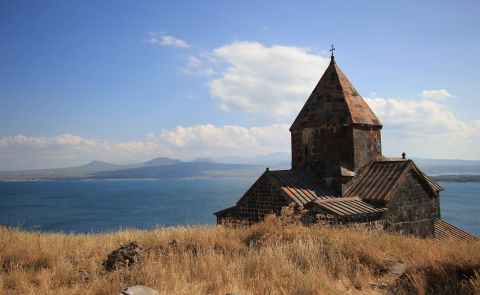
From Neorealism to Neoliberalism: Armenia’s Strategic Pivot in Foreign Policy After the Nagorno-Karabakh Conflict
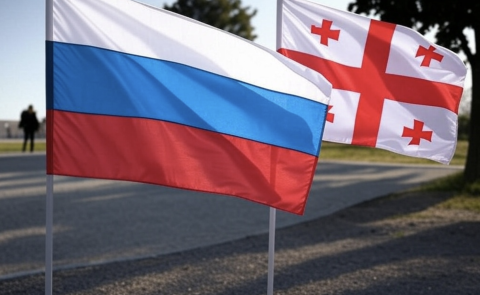
Georgia and Russia: New Turn in Bilateral Relations
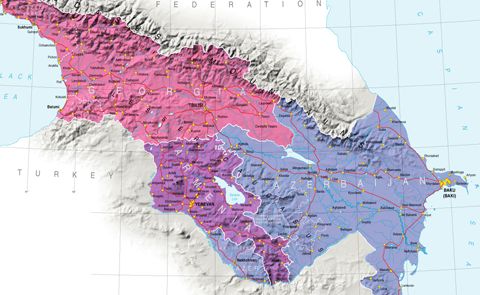
3+3 Initiative as a New Order in the South Caucasus
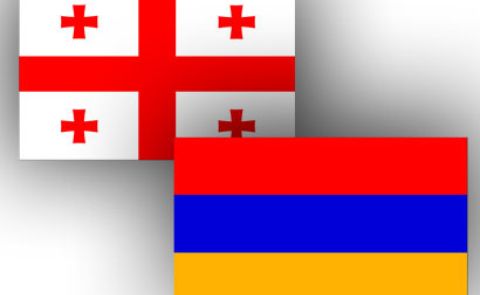
Economic Cooperation Between Armenia and Georgia: Potential and Challenges Ahead
